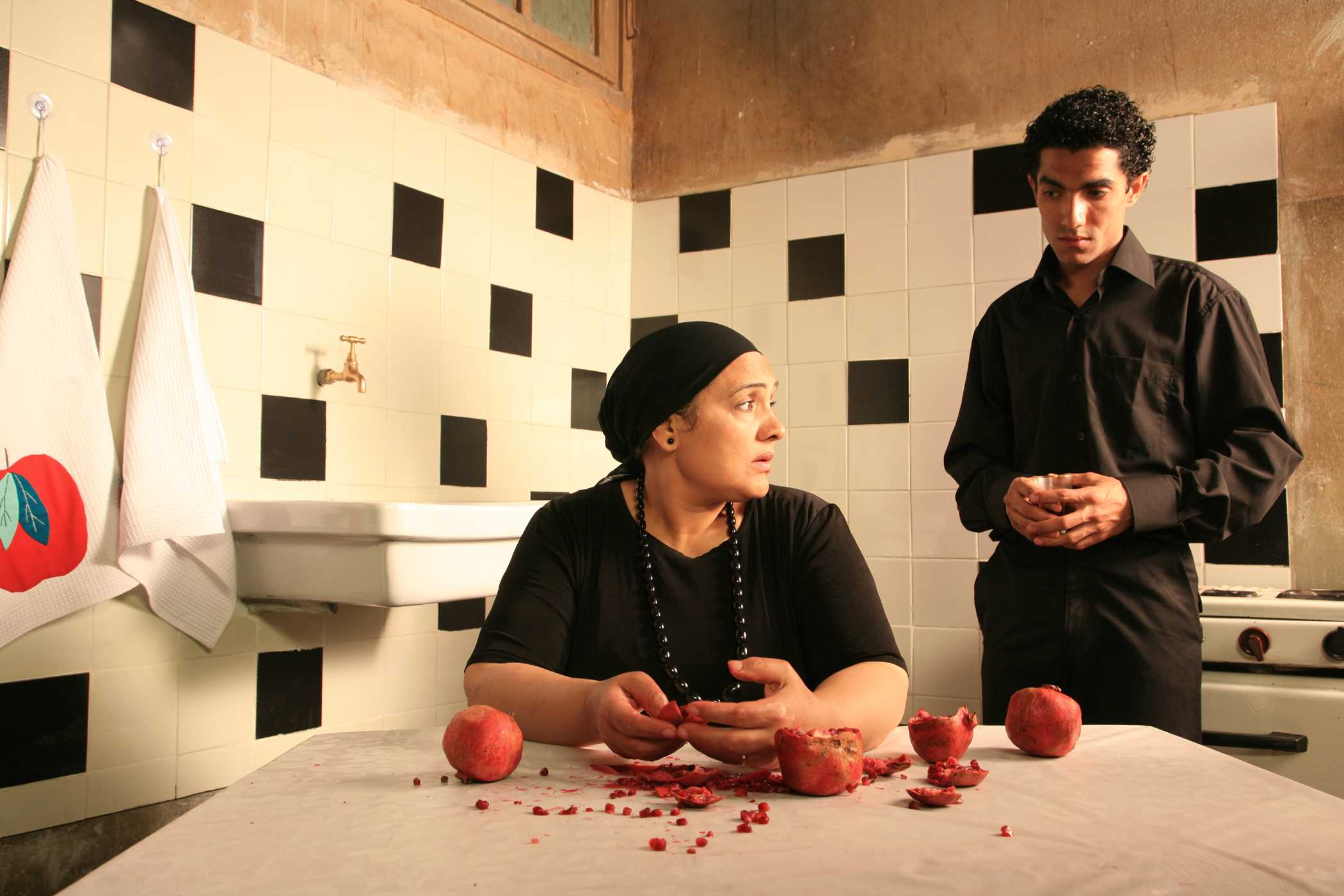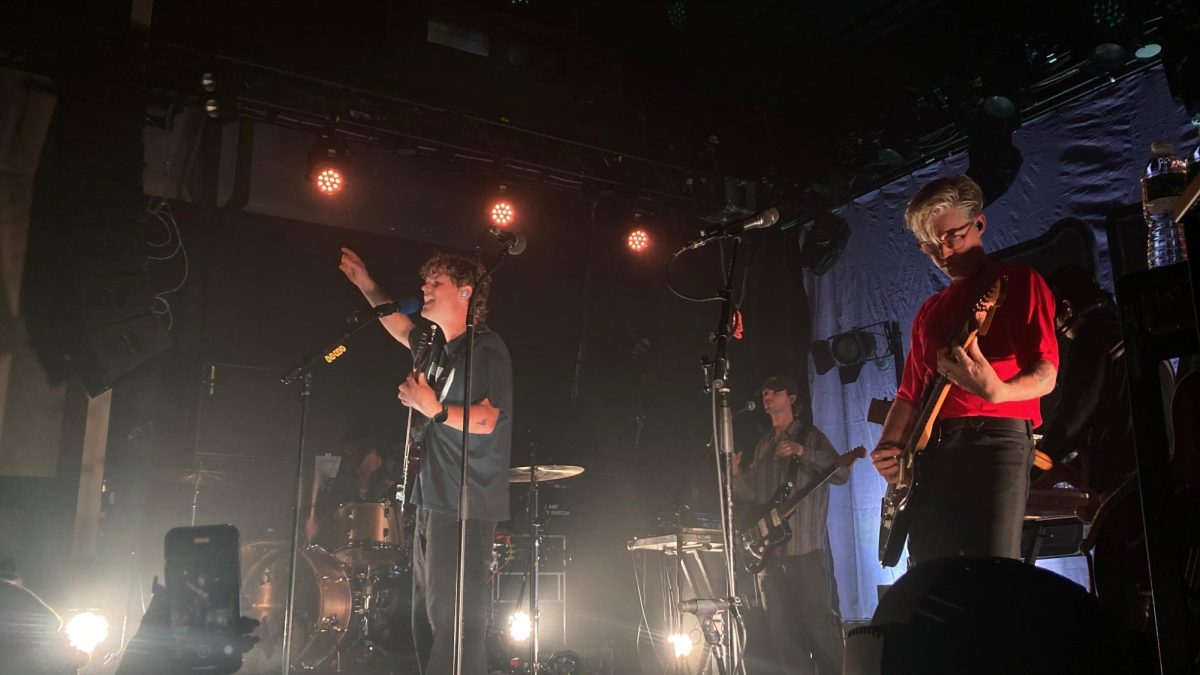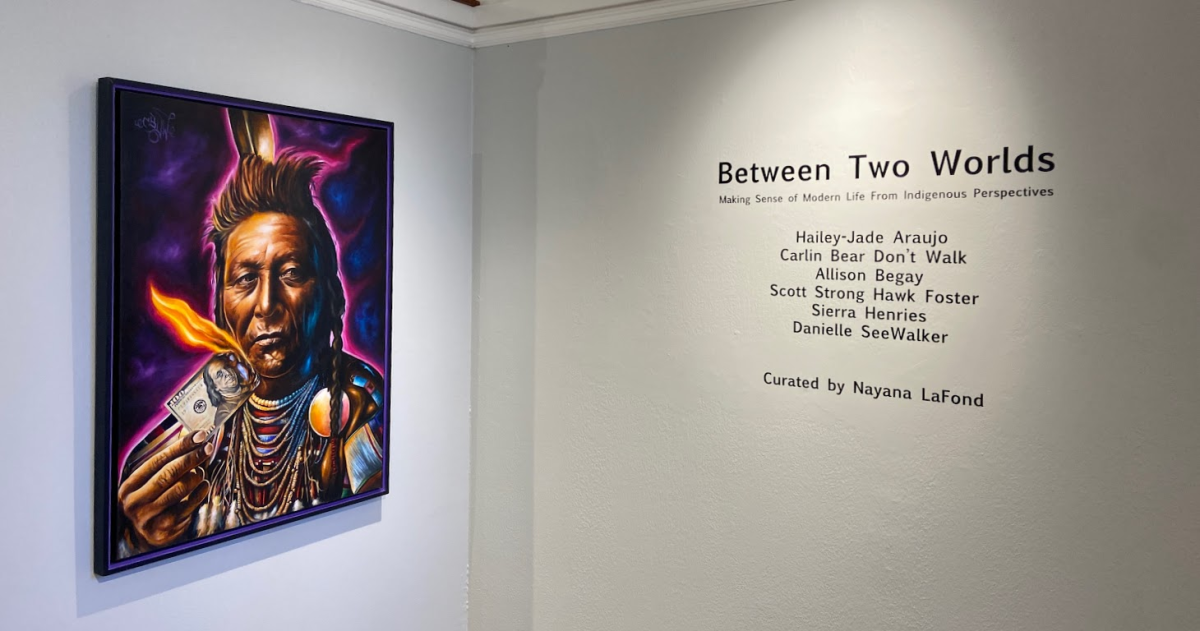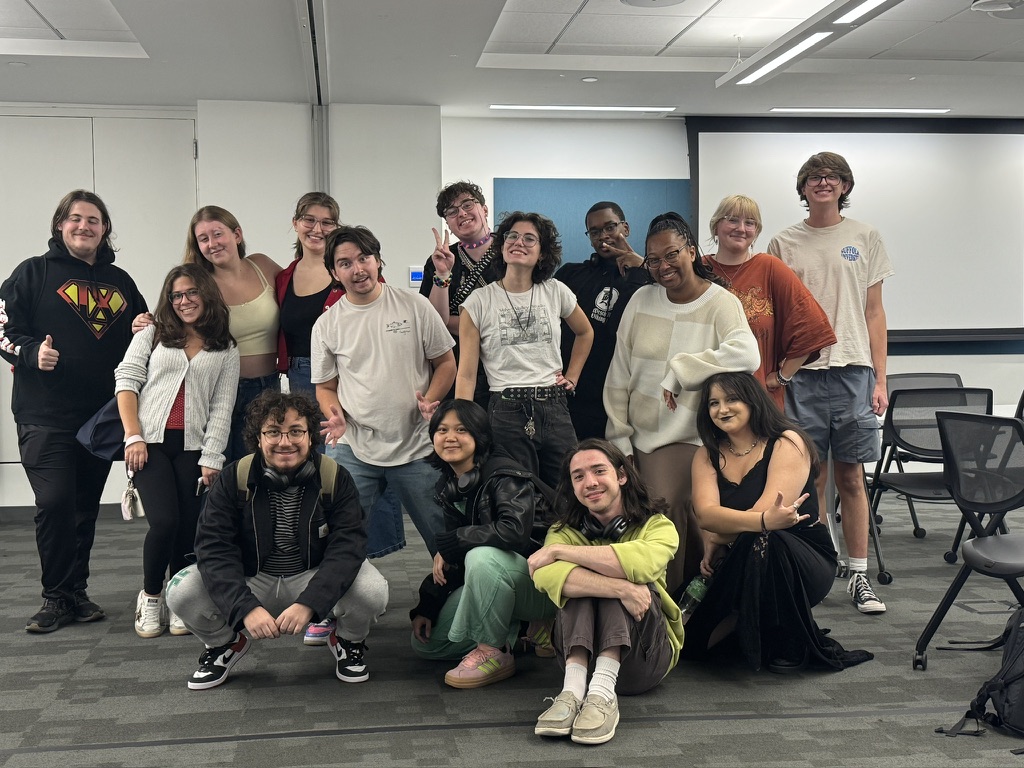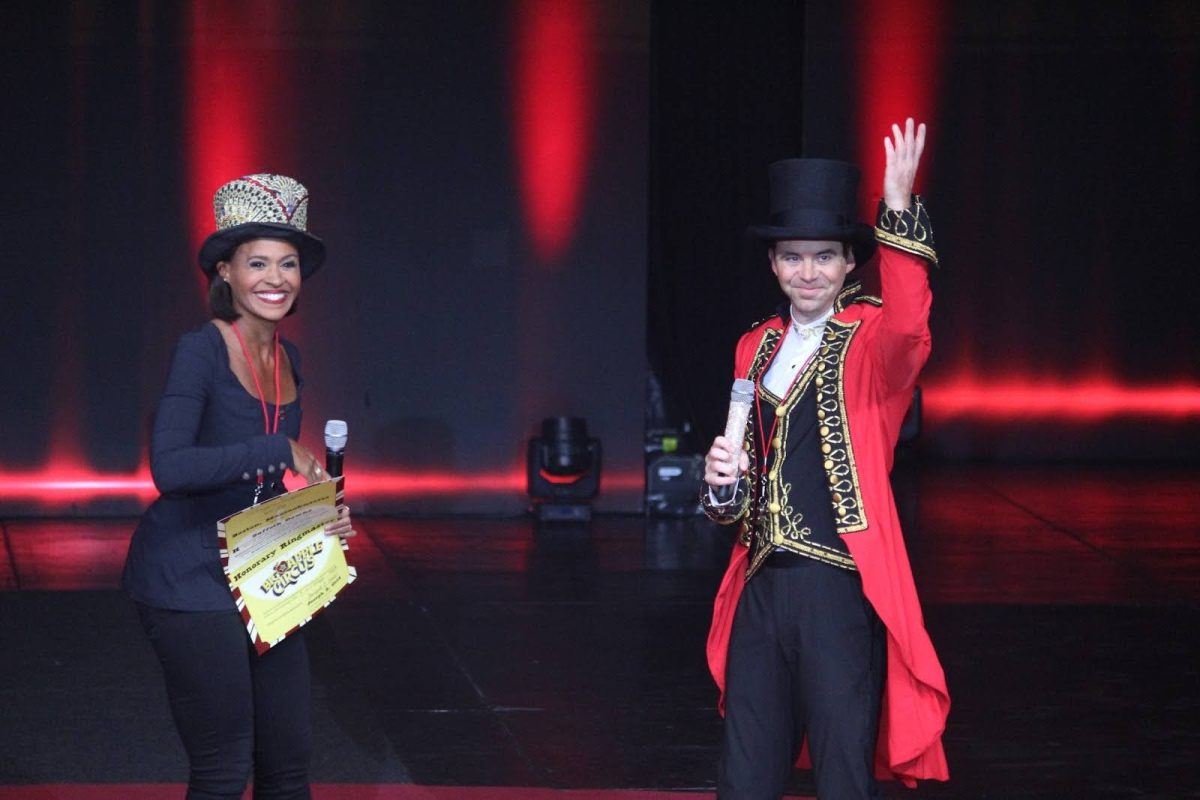The School of the Museum of Fine Arts (SMFA) presents an in-depth look at Egypt’s current political and social climate in a new exhibition entitled “Histories of Now: Six Artists from Cairo.”
The exhibit opened on the eve of the one-year anniversary of the first protests in Cairo’s Tahrir Square, which sparked a yearlong revolution and urged the country to embrace change. Featured are videos and multimedia installations focusing on on themes relevant to daily life in Egypt today, including rituals, storytelling and street protests.
The works shown are made by influential Egyptian artists, thus fostering an authentic view of the restructuring of Egypt by those fighting firsthand for the cause. Each artist offers an individual voice, but as a whole the exhibition provides the viewer with a challenging level of experience and intimacy with the subject. In other words, the viewer is face-to-face with today’s history.
“Out of the Water (2010),” a video by artist Mohamed Abla, contains documentary footage about the inhabitants of Qorsaya Island who are being forced out of their homes by military supported developers. Among the residents depicted in the film is a small boy who states, “I love the island and I don’t want to go.”
Another work, Moataz “Nasr’s Merge and Emerge (2011),” urges unity. On three separate screens, Dervishes twirl like tops. In enchanting unison, they weave from screen to screen to create a serene effect.
The exhibition spans four rooms, with each work inhabiting its own wall. This layout is effective in allowing the viewer to become fully divulged in the atmosphere of each work.
Most provoking is the three-channel installation contained in its own room. Surrounded by darkness, the space serves as an area for thought and reflection.
The only source of light is the three massive screens flooding the largest wall, which help to immerse the audience in the footage. Depicted on these screens are two separate videos made by the late Ahmed Basiony. “30 Days of Running in the Place (2010)” features Basiony running in place with sensors on his body; the information collected from his movement was transformed into a digital display by software in a work that shows his innovative artistry.
“Revolution footage (2011)” is particularly essential to the exhibition not only because it documents the initial January protests at Tahrir Square, but because Basiony was assassinated while filming the footage there.
Other artists included in the exhibition are Hala Elkoussy, Sabah Naim, and Shady El Noshokaty.
“Histories of Now: Six Artists from Cairo” will be on exhibition until March 17.
